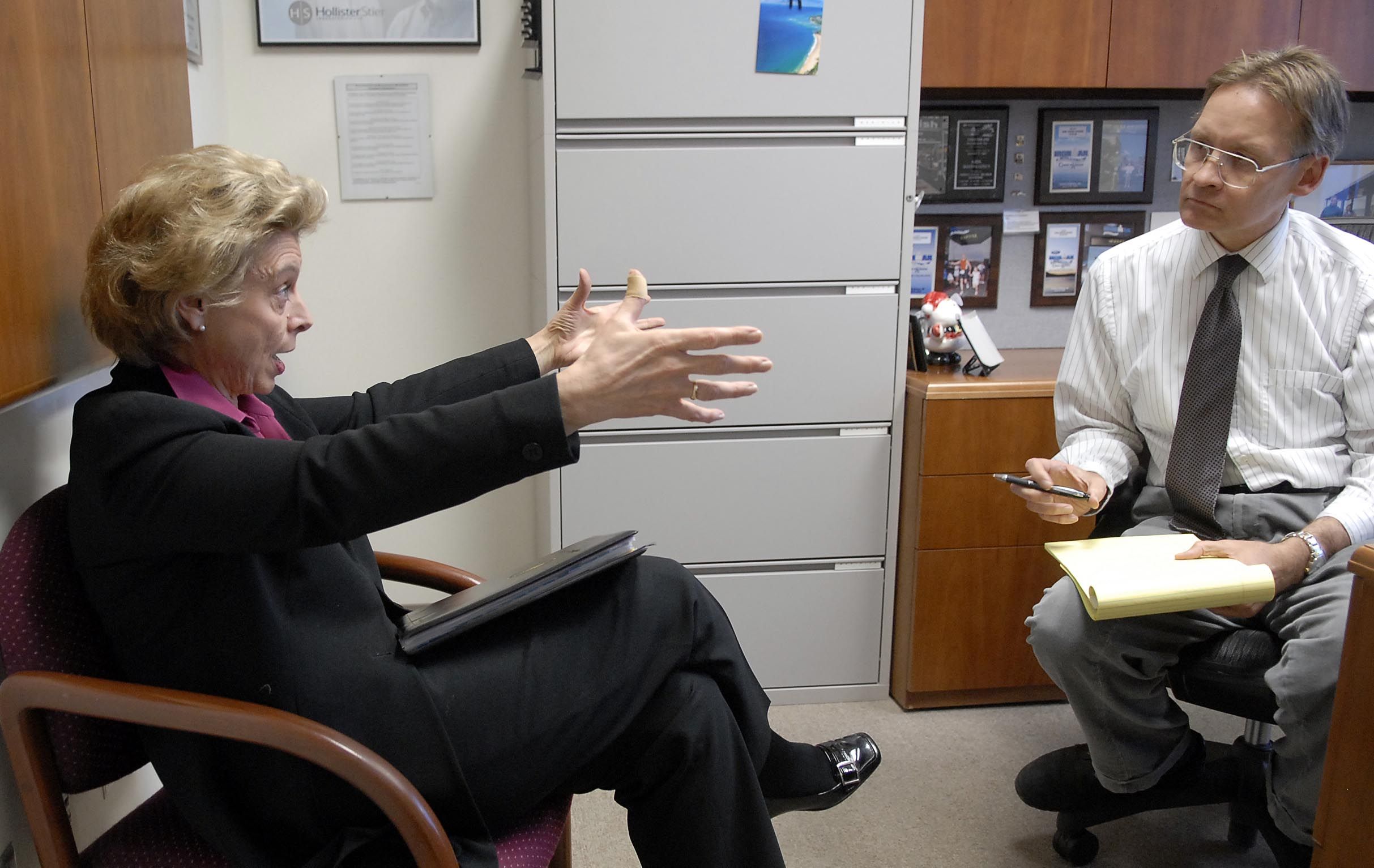5 tax advisory votes this fall
What legislators do with that knowledge is pretty much up to them, because the taxes are already law, and the election itself won’t change that. . .
To read the rest of this item, or to comment, continue inside the blog.
Voters will be asked if they think the state should keep or repeal tax increases on telephone services, certain estate taxes, stand-alone dental insurance, some assessments on publicly owned property, and commuter airlines. All passed during the last session.
The advisory votes are required by Initiative 960, which voters approved in 2007. Last year, there were two advisory measures on tax increases legislators passed in 2012. By significant margins, voters said both should be repealed, but no proposal to do that ever came up for a vote in the Legislature.
The Secretary of State's office says explanations for last year’s measures added about eight pages to the voter pamphlet, which cost about $100,000. Using the same layout, this year's measures would add about 20 pages, and $240,000. But Tami Davis, the voter education and outreach manager, is looking for a way to cut pages and costs.
Tim Eyman, sponsor of I-960 and last year's I-1185 which reiterated the advisory vote requirement, said that whatever the cost may be, it will be “chump change” compared to the taxes those five new laws will collect. Voters deserve a chance to weigh in, he said.
Even though the Legislature didn’t repeal last year's taxes like voters advised, Eyman contends the results had a “lobbying effect” on legislators as they worked on the budget. If voters say all five should be repealed, legislators may be reluctant to pass new taxes in 2014, he said.
The additional ballot items aren't likely to increase the election costs in
The advisory measures will be numbered 3 through 7 -- last year's were 1 and 2 -- for easier historic tracking, Davis said.
